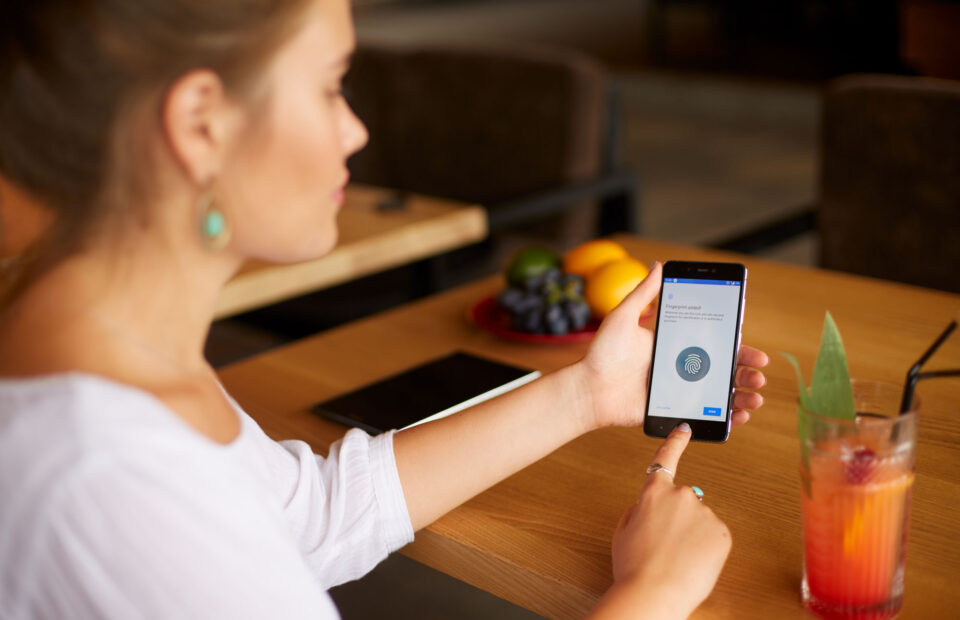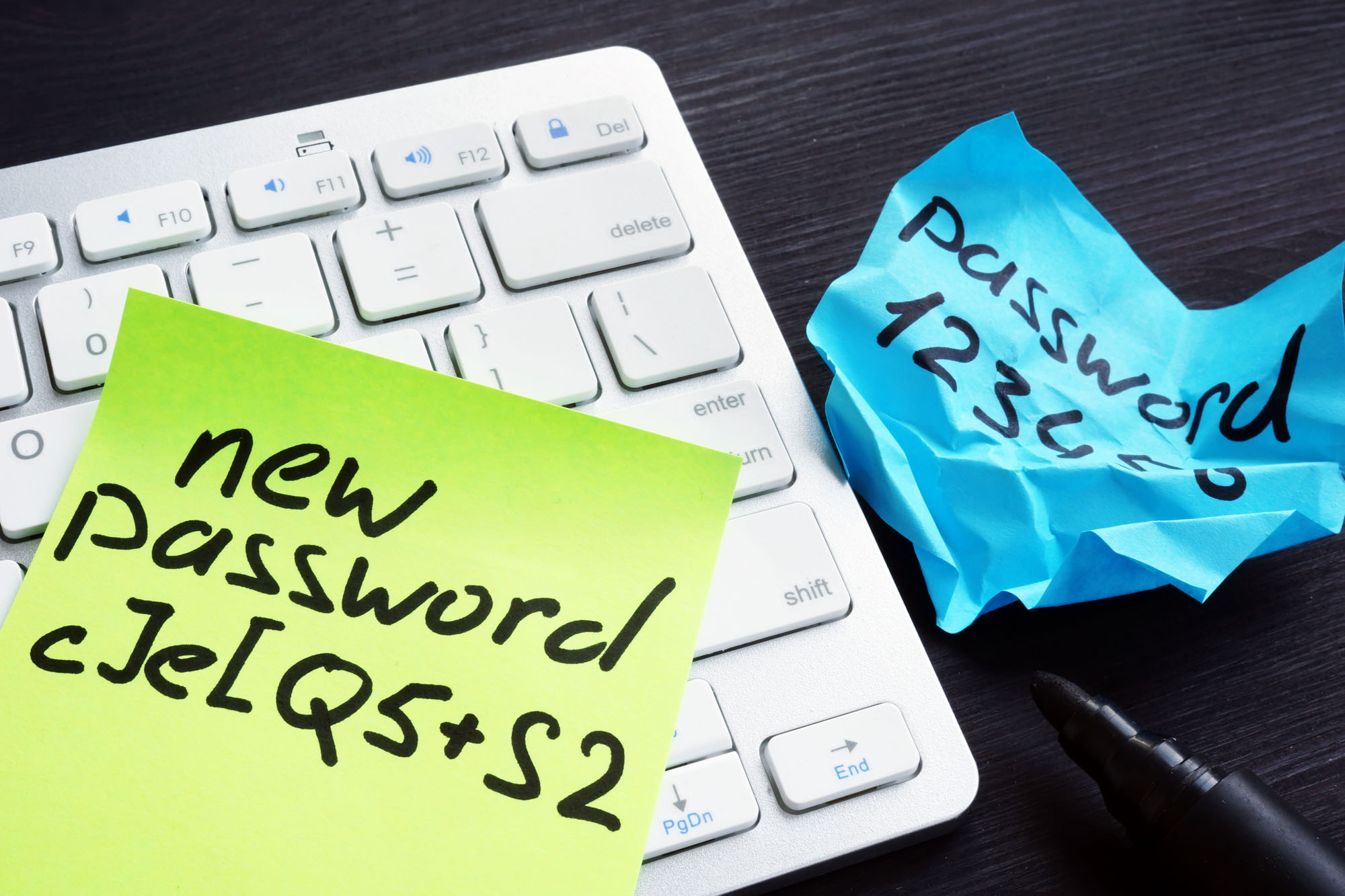80Percent | Percentage of data breaches that still involve stolen username-password credentials. Biometric authentication prevents this risk.https://www.verizon.com/business/resources/reports/dbir/ |

Today, hardware for biometric authentication is already "deployed" in the form of everyday mobile devices; companies just need to select providers that can make use of them.
We are finally in the age of biometric authentication after decades of entrenched username-password dominance.
This is important because, as we've long known, username-password combinations are difficult to manage, difficult to remember, and yet painfully easy to intentionally share, accidentally reveal, or for a malicious actor to immediately if discovered.
Though once biometric authentication required specialized hardware expensive enough for only large enterprises to invest in them, today biometric authentication hardware is everywhere. Most individuals have at least two forms of biometric authentication—fingerprint and face identification—with them at all times via their mobile phones.
Organizations may not realize, however, that these forms of authentication can be used for company security and authentication as well—not just personal security between user and phone. The FIDO2 standard, increasingly supported across the cloud universe, enables companies to leverage the biometrics on users phones for company authentication, in addition to or in place of passwords.
Also not yet commonly known are behavioral-biometric forms of biometric authentication. These work by observing users movement patterns as they do the things they would be doing anyway (such as their daily work), rather than requiring the user to take a concrete step like placing a finger on a fingerprint scanner.
This is important because it is a biometric-strong form of passive authentication—authentication that can happen without the user's knowledge, which makes true continuous authentication possible. With continuous behavioral-biometric authentication, a user's identity is continuously checked at all times, whenever they are (for example) typing or moving their mouse.
Organizations that haven't yet transitioned to biometric authentication via FIDO2, continuous authentication via behavioral biometrics—or both—should seriously consider doing so, as these significantly reduce the risk of account theft and unauthorized access, and can also go a long way toward reducing cyber insurance premiums.
 Need Biometric Authentication solutions?
Need Biometric Authentication solutions?Plurilock offers a full line of industry-leading cybersecurity, technology, and services solutions for business and government.
Talk to us today.



Biometrics is an identity verification strategy and matching set of technologies that authenticate users based on measured physiological attributes, such as the spacing of ridges on a finger, facial features, or the sequence of base pairs in a DNA sample. In cybersecurity, scans of fingerprints, faces, or retinas are the most commonly used biometric technologies.
Biometric usage remains controversial in cybersecurity circles because static physical features are relatively easy for determined attackers to recreate, and because stolen biometric data has significant privacy implications. Many consider behavioral biometrics to be a considerably improved successor to traditional biometrics, given its increased resistance to impersonation and significantly reduced vulnerability to privacy concerns.
Copyright © 2024 Plurilock Security Inc.